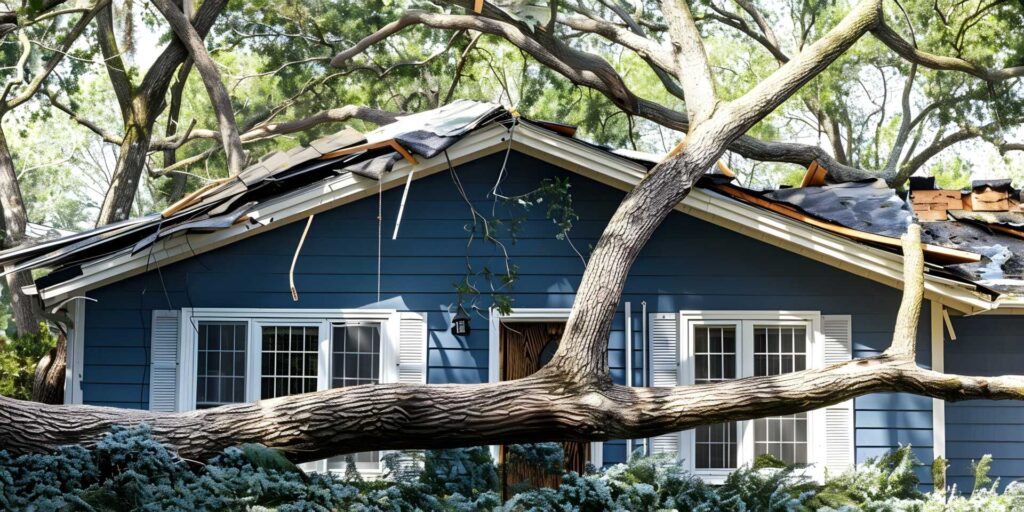
Contents
You want to safeguard your property against the devastating impact of storms, and the key lies in implementing advanced storm damage mitigation strategies. From reinforcing your roof with state-of-the-art materials to installing effective flood barriers, the choices can be overwhelming. But don’t forget the critical role of structural wind-resistant upgrades in fortifying your building. These three strategies are essential components of an all-encompassing storm protection plan. But how exactly do they work, and what sets them apart as the best options for mitigating storm damage?
Key Takeaways
- Install impact-resistant shingles and secondary water barriers.
- Use hurricane straps and metal connectors for roof reinforcement.
- Deploy flood barriers to prevent water infiltration during storms.
- Upgrade windows with impact-resistant glass or storm shutters.
- Strengthen foundations with steel reinforcements and anchoring to bedrock.
Roof Reinforcement Techniques
To effectively protect your property from severe storm damage, implementing strong roof reinforcement techniques is essential. Shingle reinforcement and roof anchoring play pivotal roles in fortifying your roof against the forces of nature.
Shingle reinforcement involves using durable materials like impact-resistant shingles or installing a secondary water barrier beneath the shingles to enhance protection. These methods can prevent shingles from being torn off during high winds, reducing the risk of water leaks and structural damage.
Additionally, roof anchoring is a key aspect of ensuring your roof remains intact during storms. Anchoring your roof involves securely fastening the roof structure to the walls of your home, providing stability and resistance against strong winds.
This can be achieved through techniques such as hurricane straps, metal connectors, or anchor bolts, depending on the type of roof and local building codes.
Flood Barrier Installation
Enhancing your property’s resilience against flooding involves implementing effective flood barrier installations. Flood barrier installations are vital floodproofing methods designed to prevent water infiltration into your property during severe weather events. These barriers act as physical defenses against rising water levels, helping to safeguard your home or building from potential water damage.
There are various flood barrier options available, each with its unique features and installation requirements. One common type is the deployable flood barrier, which can be quickly set up when a flood threat is imminent. These barriers are typically made of durable materials such as aluminum or steel and provide a temporary but efficient solution for protecting your property.
Another popular flood barrier option is permanent flood barriers, which are installed around the perimeter of the property to provide continuous protection against flooding. These barriers are often made of reinforced concrete or steel and are designed to withstand prolonged exposure to water.
Structural Wind Resistant Upgrades
Implementing structural wind-resistant upgrades is vital for fortifying your property against the destructive forces of strong winds and storms. When considering ways to protect your home or building from high winds, there are several key strategies you can employ:
- Window Protection: Installing impact-resistant windows or storm shutters can help prevent windows from breaking during a storm, reducing the risk of wind-driven debris entering your property and causing further damage.
- Foundation Strengthening: Strengthening the foundation of your property can greatly improve its resilience against strong winds. Techniques such as adding steel reinforcements or securing the foundation to the bedrock can enhance the structural integrity of your building.
- Roof Bracing: Reinforcing your roof with hurricane straps or clips can help prevent it from being lifted off during a storm. Securing the roof to the walls and foundation of the building is essential in maintaining the overall structural stability.
- Soffit and Fascia Upgrades: Upgrading the soffits and fascia of your property with wind-resistant materials can help prevent wind-driven rain and debris from entering the building through vulnerable areas, such as the eaves.
Final Thoughts
Implementing advanced storm damage mitigation strategies such as roof strengthening, flood barrier installation, and structural wind-resistant upgrades is vital in protecting your property from the destructive forces of severe weather. By investing in these preventive measures, you can greatly decrease the risk of costly damages and ensure the long-term durability of your building. Remember, an ounce of prevention is better than a pound of cure, so take action now to safeguard your property against future storms.
Recent Posts
Sustainable Water Damage Repair Techniques: A How-To Guide
When faced with water damage in your home, it’s crucial to explore sustainable repair techniques
DIY Home Water Removal Tips for Emergencies
If you’ve ever experienced a burst pipe flooding your basement, you know the panic of
Top 7 Expert Fire Damage Restoration Tips
Imagine facing the aftermath of a fire in your home, unsure of where to begin
